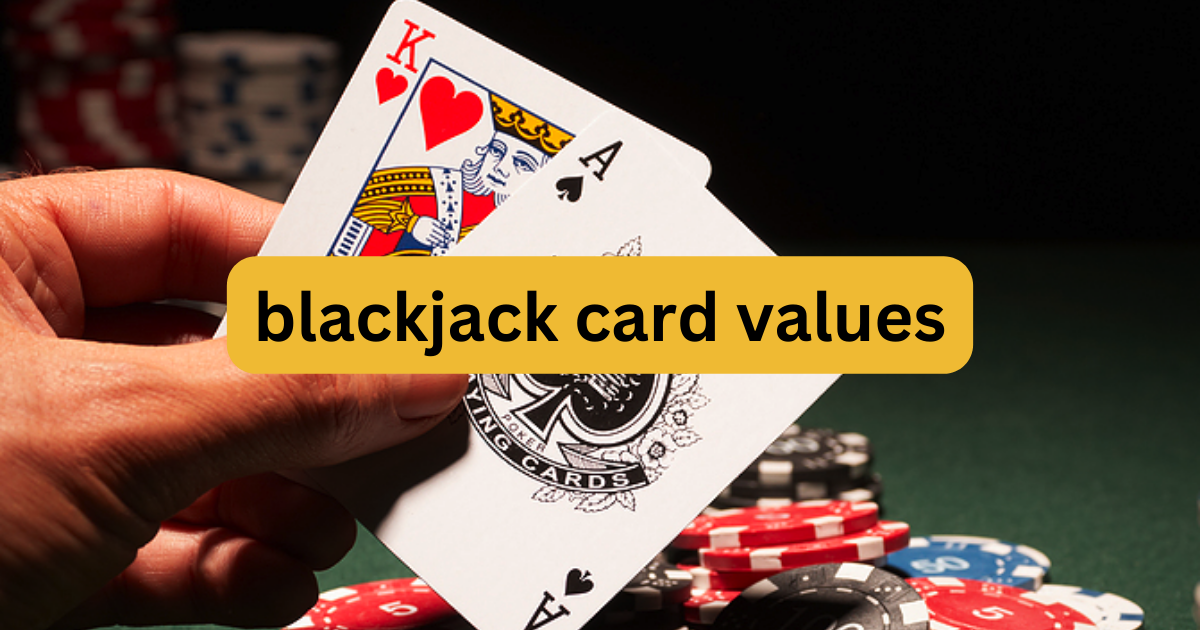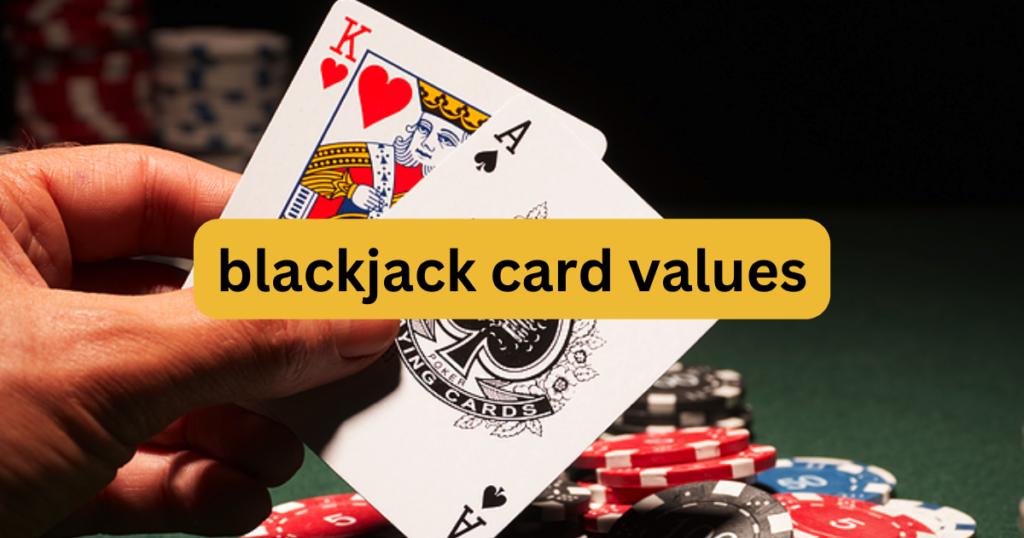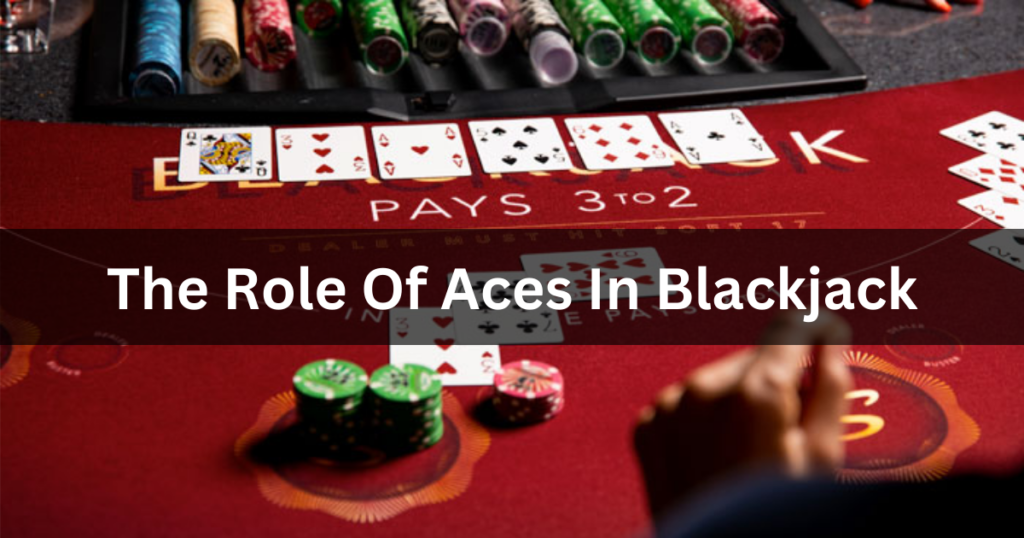

Blackjack, a card game that combines luck and strategy, is a favorite among gamblers worldwide. But if you want to master it, you need to understand one fundamental concept: blackjack card values. In this comprehensive guide, we’ll break down everything you need to know about blackjack card values, helping you gain an upper hand at the casino tables.
Let’s start from scratch. A standard deck of playing cards contains 52 cards, grouped into four suits: hearts, diamonds, clubs, and spades. Each suit has 13 cards, ranging from 2 to Ace.
Here’s the deal: in blackjack, each card has a specific value. Cards 2 through 10 are worth their face value. In other words, a 2 is worth 2 points, a 3 is worth 3 points, and so on, up to 10 points for a 10.
Now, what about the picture cards—the kings, queens, and jacks? They’re all worth 10 points each. So, whether you have a King of Hearts, a Queen of Diamonds, or a Jack of Spades, they’re all equally valuable in terms of points.
But the real game-changer is the Ace. The Ace can be worth either 1 point or 11 points, depending on what works best for your hand. We’ll get into the nitty-gritty of this shortly.
The name of the game in blackjack is to get as close to 21 points as possible without going over. It’s a tightrope act that hinges on your mastery of card values.
In the world of blackjack, hands come in two flavors: hard and soft.

Now, let’s talk about the Ace – the wild card in blackjack. Aces are like gold because they can be worth either 1 or 11 points, depending on what benefits your hand.
If you’re itching to elevate your blackjack card values game, you’ve likely heard of card counting. Card counting is an advanced strategy that involves keeping tabs on high and low-value cards remaining in the deck. It’s not as mysterious as it seems, and it all boils down to understanding card values.
Here’s the gist: when there are more high-value cards (10s, face cards, and Aces) left in the deck, it’s advantageous for the player. Why? Because it increases the chances of getting a natural blackjack card values (an Ace and a 10-value card), which pays out more.
Conversely, when there are more low-value cards (2-6) left in the deck, it’s favorable for the dealer because it reduces the chances of the dealer busting when their upcard is a low-value card.
As a card counter, you’ll adjust your bets and decisions based on your knowledge of the remaining high and low-value cards. When there are plenty of 10s and Aces left, you’ll want to increase your bets. When you see mostly low-value cards remaining, you might want to play it safe and lower your bets.
Card counting systems, like the Hi-Lo system, assign values to cards to help you keep track. It’s a skill that takes practice but can give you a significant edge in blackjack.
So, how does understanding card values come into play when you’re making strategic moves in blackjack? Well, it’s at the core of it all.
When you’re dealt a hand in blackjack, you have several options: hit, stand, double down, or split. Your choice depends on your hand’s total value and the dealer’s upcard.
Let’s break it down:
The key to making the right decision is to consider both your hand’s total value and the dealer’s upcard. You want to maximize your chances of beating the dealer while minimizing the risk of busting.
Basic strategy charts and following the essential blackjack card values rules are your best tools here. They provide a visual representation of the optimal move for every possible combination of cards you might come across in blackjack. These charts are based on mathematical probabilities and card values, making them a valuable resource for both beginners and experienced players.
Now, let’s talk about the casino’s built-in advantage: the house edge. Every casino game has it, and blackjack card values is no exception. Understanding card values can help you navigate this advantage more effectively.
The house edge in blackjack card values comes from several factors, including the game’s rules and the number of decks in play. But one crucial factor is how the dealer plays their hand.
In most blackjack card values variations, the dealer must hit until they reach a specific total, often 17. This rule is designed to increase the dealer’s chances of getting a higher hand value without busting. This can be a significant advantage for the casino.
However, if you understand the blackjack card values and the basic strategy, you can make more informed decisions that might counteract the house edge. For example, if you have a flexible Ace, you can take more risks when the dealer’s upcard is weak. Conversely, you can play conservatively when the dealer’s upcard is strong.
By leveraging your knowledge of card values, you can make strategic choices that enhance your odds of success and help you mitigate the house edge.
Becoming a blackjack card values pro isn’t something that happens overnight. It takes practice, dedication, and a solid understanding of card values.
To improve your blackjack card values skills, you’ll want to practice regularly. Many online casinos offer free blackjack games where you can hone your skills without risking real money. Take advantage of these opportunities to familiarize yourself with different scenarios and practice your card counting techniques.
You can also find numerous books, apps, and online resources that provide blackjack card values strategies and tips. Use these resources to expand your knowledge and refine your skills.
Remember, the more you practice and understand card values, the better your chances of success at the blackjack table.
In conclusion, mastering blackjack card values is the key to becoming a formidable player in this thrilling card game. Whether you’re a novice or an experienced player, a solid grasp of card values will improve your decision-making and boost your chances of winning.
So, the next time you’re at the blackjack table, remember the value of each card in your hand, keep an eye on the dealer’s upcard, and make strategic moves based on your understanding of card values. With practice and patience, you can turn the odds in your favor and enjoy more success in the exciting world of blackjack.
Q1: What are blackjack card values?
A1: Blackjack card values represent the numerical worth of each card in the game. Cards 2 through 10 are worth their face value, face cards (kings, queens, and jacks) are each worth 10 points, and Aces can be worth 1 or 11 points, depending on what benefits your hand.
Q2: How do I distinguish between hard and soft hands in blackjack?
A2: In blackjack, a hard hand is one without an Ace or one where the Ace counts as 1 point to avoid busting. A soft hand always includes an Ace, and the Ace counts as 11 points without causing a bust.
Q3: What is the goal in blackjack in terms of card values?
A3: The primary goal in blackjack is to get as close to 21 points as possible without exceeding it. You aim to beat the dealer’s hand while considering the values of your cards.
Q4: What is card counting, and how does it relate to card values?
A4: Card counting is an advanced blackjack strategy that involves keeping track of high and low-value cards remaining in the deck. It relates to card values by helping players adjust their bets and decisions based on the composition of the deck.
Q5: How can I use card values to make better decisions during a blackjack game?
A5: Understanding card values allows you to make informed decisions in blackjack. It helps you decide when to hit, stand, double down, or split, depending on the total value of your hand and the dealer’s upcard.
Q6: Are there any resources available to help me learn about blackjack card values and strategies?
A6: Yes, there are plenty of resources available, including books, apps, and online tutorials that teach blackjack card values and strategies. Basic strategy charts are also valuable tools for making optimal decisions.
Q7: What is the house edge in blackjack, and how does it relate to card values?
A7: The house edge is the casino’s built-in advantage in blackjack. Card values come into play by influencing your decisions to either maximize your chances or minimize losses, considering the dealer’s upcard and the composition of the deck.
Q8: Can you provide some tips for practicing and improving my understanding of card values in blackjack?
A8: To practice and improve your understanding of card values, play free blackjack games online, utilize practice apps, study basic strategy charts, and read books or articles on blackjack card values strategy. Consistent practice and learning are key.
Q9: What’s the significance of card values when it comes to splitting pairs in blackjack?
A9: Card values are crucial when deciding to split pairs in blackjack. It helps you determine whether splitting will lead to stronger hands. For instance, you might want to split 8s against a dealer’s 6 but not against a dealer’s 10.
Q10: How does the flexibility of Aces affect my blackjack strategy?
A10: The flexibility of Aces in blackjack card values allows you to adapt your strategy to the situation. Aces can switch between 1 or 11 points, which can turn a losing hand into a winning one or vice versa. Understanding this flexibility is vital for making smart decisions.